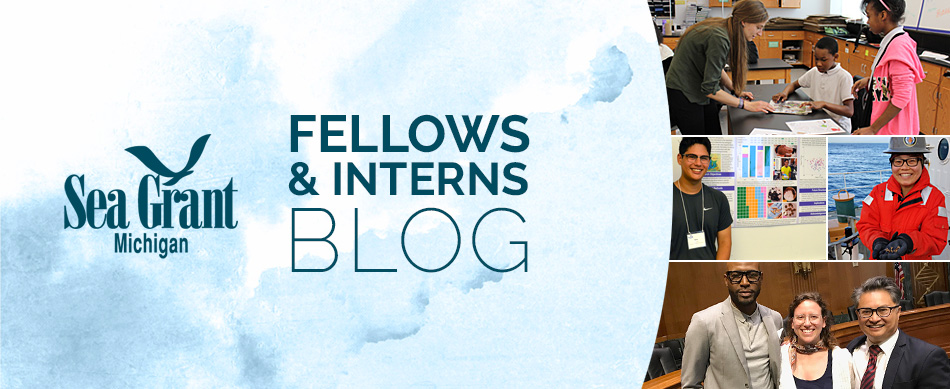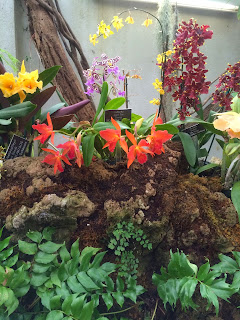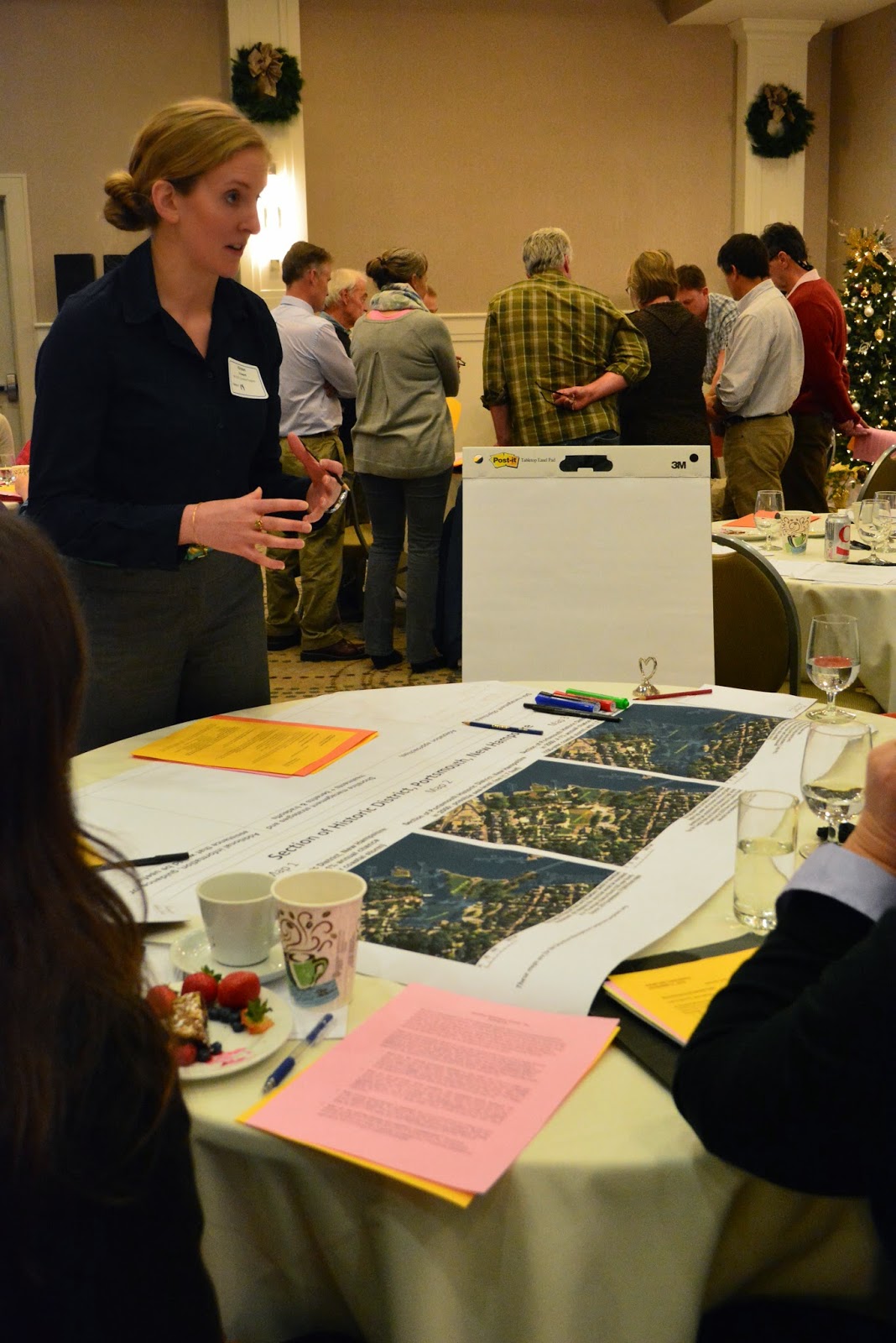The Beast: "When The Gales of November Come Early"
The Gales of November are known for creating waves on the Great Lakes upwards of 20 feet. They are perhaps most well known for shipwreck the Edmund Fitzgerald which left 29 men dead. Gordon Lightfoot wrote what is now a classic song about the wreck:
While near Traverse City for the State of Lake Michigan Conference I captured this video of Lake Michigan being, well, beastly.
The Beauty: Old Mission Micro-climates
Just a day later, as the conference came to a close the weather had broken in classic Michigan style. The sun came out from the clouds and lake Michigan was placid. I took the drive down M-37 and ended up at the tip of Old Mission Peninsula. Old Mission juts out in the center of Grant Traverse Bay.
 |
| A Map Detailing Old Mission Peninsula |
Old Mission's location in the center of the bay allows it to have a unique micro-climate. The large water body in the bay moderates the temperature on the narrow peninsula. While most of northern Michigan had already lost its leaves by this time in late November, Old Mission's colors were peaking. Rambling through the woods, migratory birds flying south could be heard hiding somewhere among the orange and red hues.
This microclimate makes for especially good fruit growing. The peninsula is dotted with wineries, cider makers, cherry orchards, apple orchards and vineyards. These food-oriented businesses form an important part of the backbone of the regions tourism economy. For every winery, there is a handful of inns hosting tourists from all of the world. Of course, the cherries and the fruit make for a vital export commodity.
Danger looms in the beauty, though. Its not just the dangers of windy days. Climate change stands to threaten the culture and the livelihood of the people who live and work on Old Mission. Micro-climates are highly sensitive to the large trends of warming being experienced the world over. In my next blog post (a podcast!) we will interview Alexandra Brewer, whom runs the sustainable development program at Futurewise, an environmental NGO in Seattle, Washington. She is an expert on how climate change will affect the Great Lakes and she is preparing to head to Paris, France for the UN Climate negotiations. Stay tuned!
A calm day on the tip of Old Mission Peninsula































